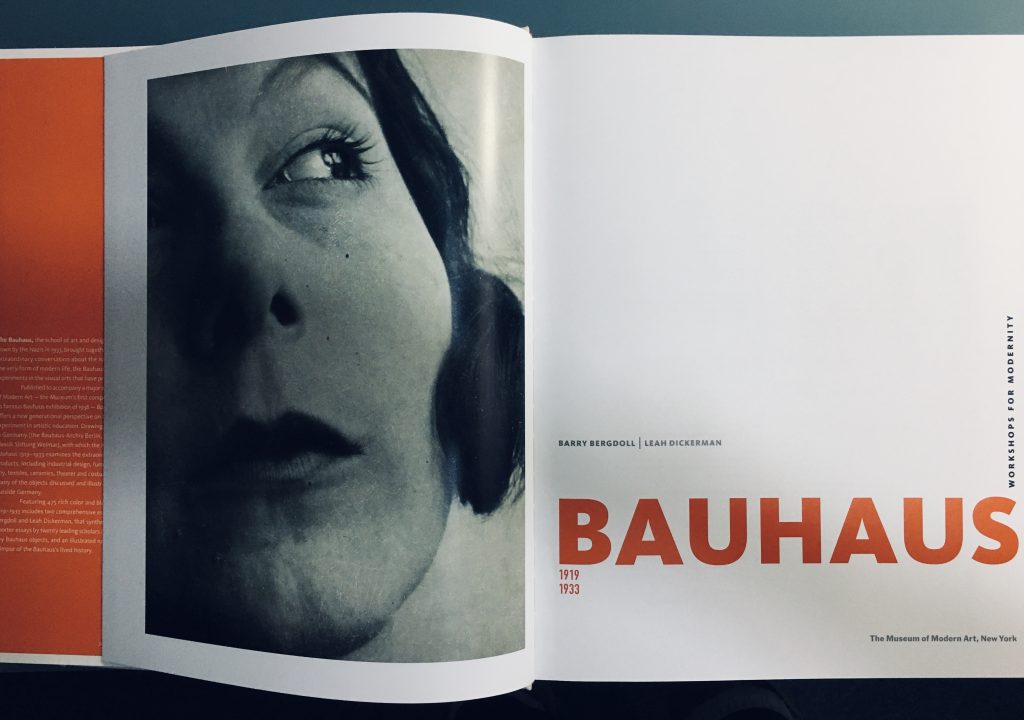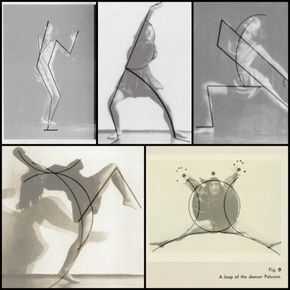Despite the iconic quality of so many Bauhaus images and objects, the school’s most significant achievement may be the discourse on the nature of art in the modern era. Over the course of 14 years, the Bauhaus brought together artists, architects and designers in a kind of times of cultural reflection. This intentional diversity, present from the beginning, provoked a relationship between fine arts and design, which created a formidable challenge to the distinction between them. At the Bauhaus, theory and practice are deeply intertwined. This post examines a series of key precepts that specifically shaped the Bauhaus.

Although the Bauhaus was ultimately many things (publisher, advertising agency, industrial design partner, manufacturer) its most important function was to be a school. Skeptical about the possibility of teaching the skills necessary for creating great works of art, the school’s founding director, Walter Gropius, placed «workshops» at the center of his curriculum in his April 1919 manifesto.
In doing so, he was aligning himself with a progressive line of thought on design reform established before the war. An important element in the program was aimed at taking students out of academy studies, where they were taught by analyzing historical examples, and in the process of making, gaining an understanding of the materials. Bauhaus workshops had to be led by both a master craftsman and a good artist, to ensure that technical knowledge was complemented by aesthetic ambitions.
Gropius also concluded that further theoretical training was necessary to raise the general level of student work. With the intention of offering an introduction to the problems of color, shape and materials considered fundamental for all visual expression. The initial courses erased the boundaries between crafts and arts education. Among the teachers were characters such as Johaness Itten, Lázló Moholy-Nagy, Josef Albers, Vasily Kandinsky and Paul Klee.
Itten’s philosophy started a key thrust at the Bauhaus: an effort to define BASIC CONCEPTS in the student. Kandinsky’s book «Point, Line and Plane, 1926» distinguishes basic elements without which a work of art cannot even exist.
Itten developed a twelve-spoke color wheel, incorporating the three primary, three secondary, and six intermediate colors, to create a color system that correlated with the twelve notes of the musical scale. These efforts to describe fundamental elements and the rules of their interaction also showed that science provided a basis for art in the modern era, and the Bauhaus was envisioned as an experimental laboratory, with art as the product not of inspiration but of a rigorous research process.

Kandinsky firmly believed in graphic abstraction as a means of expressing ideas. «Each phenomenon of the external world and the internal world can be given a linear expression,» a kind of translation. Line diagrams made in 1925 from photographs of the modern dancer Gret Palucca were simple line drawings that defined the «large simple shapes» of her poses.
Around 1922, Bauhaus students began to create a wide range of works using modular elements. The artist was reinvented as a systems designer. Herbert Bayer drew straight and curved elements from which all the characters in his typography system could be formed. Albers designed another typography, considerably less legible than Bayer, but which made modularity evident as its main concept.
In the pottery workshop in 1923, Theodor Bogler produced a series of pre-cast molded teapot parts, variant handles, spouts and lids, which could be attached to the standardized body for a range of alternative vessels.
Gropius also pursued the idea of modularity in architecture, designing a series of «Baukasten», cubic components for single-family homes, which were prefabricated, then ordered and combined in different configurations. The more elements that were standardized, the more could be combined, assembled and produced.
Grid logic
Moholy’s grid forms that intersect on horizontal and vertical axes bring painting closer to the language of architecture. (Moholy, like Lissitzky, often displayed axonometry, a form of spatial projection common in architectural rendering, in which orthogonal lines remain parallel rather than meet at the vanishing point of traditional perspective.) These works create an equivalence between the floating planes of color on the painted surface and those on the wall, ceiling and floor of the built structure.
This congruence opens the way for the radical integration of painting and architecture in works such as Pete Keler’s designs for Moholy’s studio and the Bayer’s advertising kiosk and other buildings. But it also implicitly proposes a new model of architecture, in which the planes slide past each other in the three-dimensional grid instead of the closed boxes of traditional architecture. And the concepts of:
elementarization, the distillation of fundamental forms seen in the ruled line and the right angle, and the use of primary colors plus black, gray and white become evident; and integration, the union of these forms in a new unit. In the practice of these principles at the Bauhaus, the grid became a structural tool that allowed the creation of spaces that integrated disparate media in general designs, painting, furniture, and textiles in architecture.
-

bauateliergropius baukasten -

Herber Bayer, advertising kiosk -

Herbert Bayer, Cinema Design -

Newspaper Kiosk, Herbert Bayer
The grid logic had a special relevance for textile design, since the fabric is defined by the horizontal and vertical intersection generating a pattern. In her classes, Klee used the grid as a matrix for pattern development: students were instructed in a series of quasi-musical operations, rotation, inversion, mirroring, the transposition of complementary colors. As an example, the pixelated structures of Gunta Stölzlom’s Jacquard designs.
Revealing the characteristic Bauhaus belief that there was no principle or idea that could not be schematically represented, Schlemmer designed his «Triadic Ballet» as a model of the modern movement. With the silent actors, show the geometrically rationalized figure as a non-linguistic entity. Exaggerated costumes and masks, torsos, and padded limbs inhibit movement while giving the pose spectacular visibility.
The Bauhaus endeavored to bring together all creative elements into one, to integrate all disciplines of art: sculpture, painting, handicrafts and crafts, as inseparable components of a new architecture (as an holistic practice).





















